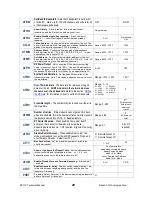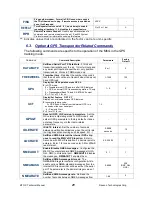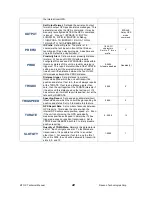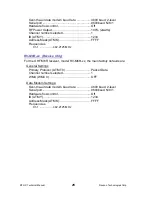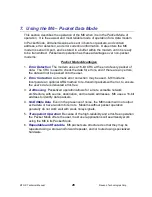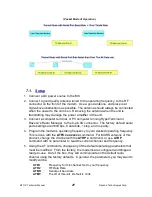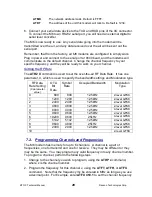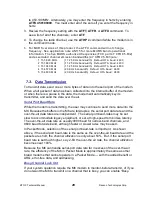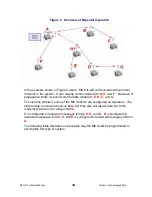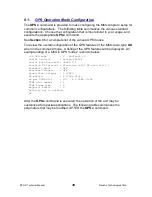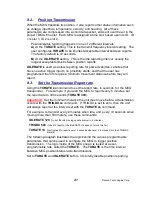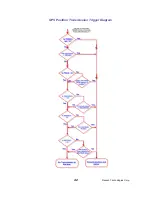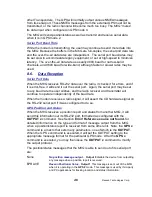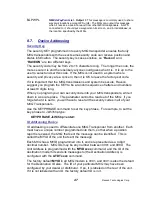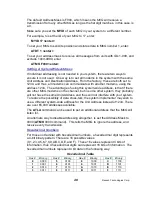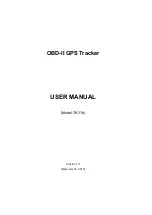
M7 GX Technical Manual
33
Raveon Technologies Corp.
Result: Data will be received. 1236 ANDed with FFF0 is 1230. 1234 ANDed with FFF0 is
1230. The results of the ANDing match, and thus the data will be received.
Example 4 (able to receive from a group, xx34 where xx is any two digits)
Sending Destination Address =
2234
Receiving
M6
’s Unit Address =
1234
Receiving
M6
’s Address Mask =
00FF
Result: Data will be received. 2234 AND 00FF equals 0034. 1234 AND 00FF equals 0034,
therefore they match. The results of the ANDing match, and thus the data will be received.
7.5. Store-and-Forward Repeating
The
M6
modem has a built-in wireless repeater. Each M6 is capable of not only
sending and receiving data from/to its serial port, but also re-transmitting data
packets it receives over-the-air data.
Automatic Repeater Configuration
The easiest way to enable store-and-forward repeating is the use the
REPEAT 1
command.
REPEAT 1
will turn on the store-and-forward feature, and configure it to
repeat all packets the radio can hear on the air.
REPEAT 0
disables store-and-
forward repeating.
It is highly recommended that you use this method to configure your M6 as a
repeater.
Important: The Unit ID of the repeater must be unique in the system. No other
radio modem in the system can have the ID of the repeater.
Manual Configuration of the Repeat Feature
There is a sophisticated packet repeating algorithm in the M6, and it may be
manually configured for more complex repeating scenarios. In most cases this is
not needed. Simply use the
REPEAT 1
command. But, if you do not wish the
repeater to repeat all packets, you may manually configure the Repeater Table
within the M6. The Repeater Table is a table of IDs that the M6 should repeat. It
contains a range of IDs and a mask. There may be up to 4 entries in the Repeater
Table, each with a different range of IDs that should be repeated.
Important: The Unit ID of the repeater must be unique in the system. No other
radio modem in the system can have the ID of the repeater.
Data is transmitted over-the-air in bursts called packets, and each packet has the
Unit ID of the M6 that sent the data and the Destination ID of the unit that the data
is intended for.


